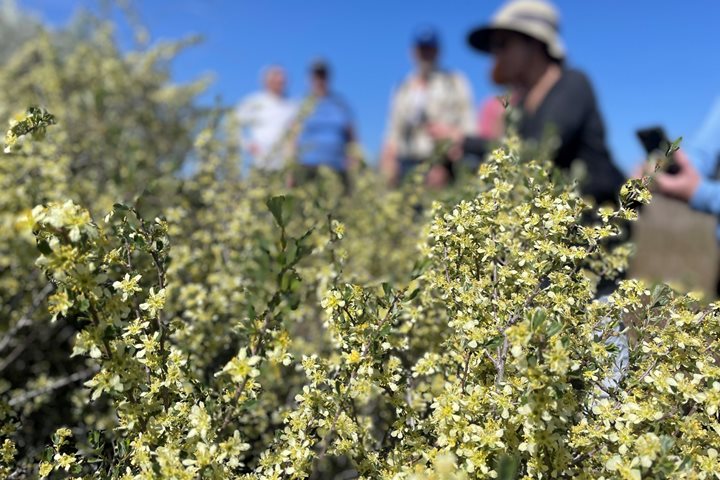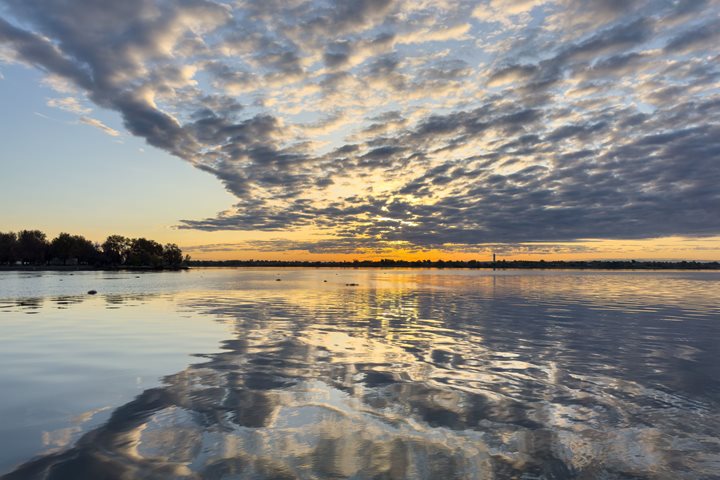The first full day of our river journey immersed us in the history of this region. We embarked from Portland last night and made our way seaward to Astoria, where we were docked all day to explore.
This port city holds a significant place in the history of the American west, as both the oldest city in Oregon and the oldest permanent American settlement west of the Rockies. We explored that history with a visit to the Astoria Column. Overlooking the city from atop Coxcomb Hill, this monument is both a work of art and a climbable viewpoint. Some of us stomped up the tightly spiraling metal steps and were treated to a panoramic view (and high winds!) when we reached the top. The artwork on the outside of the Column depicts events in the region from the earliest human inhabitants all the way up to the introduction of the railroad.
Down the hill from the Column, we visited the Columbia River Maritime Museum, which examines the rich seafaring history of the Pacific Northwest. The mouth of the Columbia River is infamously dangerous to navigate, and is also known as the Graveyard of the Pacific. On display outside the museum is the Lightship Columbia, a retired vessel that once served as an aid to navigation at the mouth of the river.
We also drove across the Astoria-Megler Bridge, crossing the Columbia from Oregon into Washington. We drove until land’s end, at Cape Disappointment and the Lewis and Clark Interpretive Center. This was a great introduction to the trailblazing Corps of Discovery, in whose footsteps we follow on these river trips. The center also offered spectacular views of the mouth of the Columbia River where it meets the Pacific Ocean.
In the evening we returned to National Geographic Sea Lion and set sail once more, heading east along the mighty Columbia River, toward tomorrow’s adventure in Hood River, Oregon.







